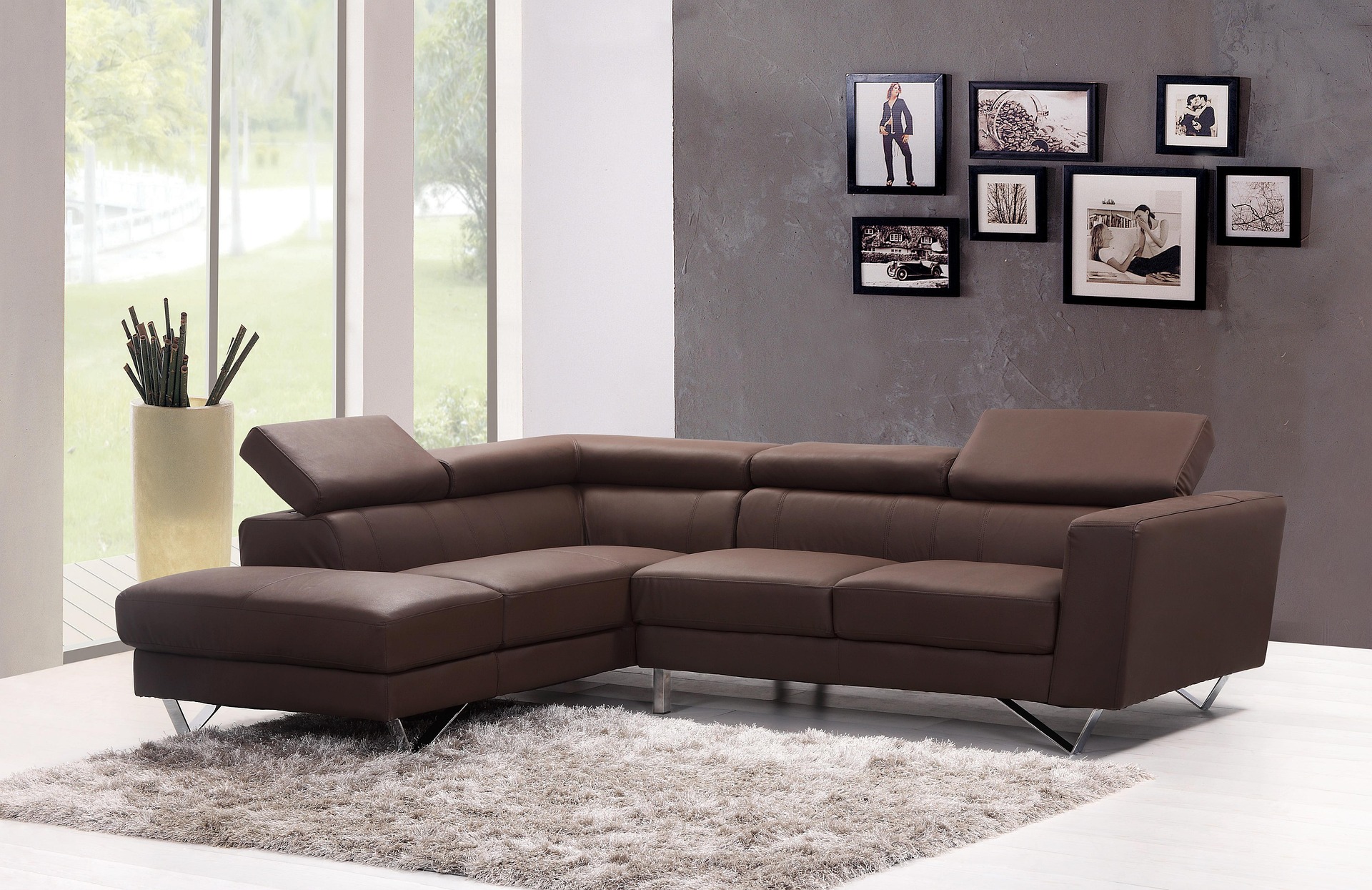Effective Spot Treatment Techniques for Home Fabrics
Quick, targeted spot treatment can extend the life of upholstery, rugs, and clothing by removing stains before they set. This article explains practical methods for dealing with common household spots—from grease and pet accidents to odor and dye transfer—using safe blotting, pretreatment, solvents, and extraction techniques suitable for a range of fabrics.

Homes collect a surprising variety of spots on upholstery, carpet, and clothes. A prompt, measured response often prevents permanent damage: the right combination of blotting, pretreatment, and a suitable cleaning agent can lift many stains without harming fibers. This guide breaks down spotcleaning steps for different fabric types, explains when to use solvents or enzymatic cleaners, and describes extraction methods for deeper soiling. Practical tips emphasize safety, fiber care, and reducing odor so you can treat spots with confidence and avoid common mistakes.
What are safe spotcleaning steps for upholstery?
Begin by identifying the fabric and testing any cleaner on an inconspicuous area. For upholstered sofas and chairs, start with gentle blotting to absorb liquids—never rub, which spreads the stain and damages pile. Use plain water or a mild detergent solution for water-safe upholstery, applying sparingly with a clean cloth. For oil-based or greasy marks, a solvent-based spotter targeted to the fabric label can be used briefly, followed by blotting and a neutralizing rinse if needed. Work from the stain edge toward the center to minimize spread.
How should you blot and pretreat carpet stains?
Carpet fibers can trap dirt and odor; immediate blotting reduces absorption. Press a clean, white cloth or paper towel over the spot and lift—repeat with fresh cloths until no transfer occurs. Pretreatment with a diluted detergent or an oxygen-based cleaner can loosen particles for easier extraction. Allow a short dwell time (typically a few minutes) but avoid oversaturating the carpet backing. After pretreatment, use a clean sponge and blotting motions before rinsing with clear water and blotting dry. For high-traffic rugs, consider professional extraction cleaners for a deeper lift.
Which solvents or enzymatic cleaners are appropriate for fabrics?
Match the chemistry to the stain: enzymatic cleaners target protein-based spots like blood, sweat, food, and pet accidents by breaking down organic material; they are safe on many washable fabrics but read labels for wool and silk. Solvent-based spotters dissolve oil, grease, and some dyes and are useful on upholstery and leather when water alone won’t work. Always test solvents in a hidden area, follow ventilation recommendations, and avoid applying solvents to finishes or delicate natural fibers without guidance. For mixed stains, a sequence—blot, enzymatic pretreat, rinse, then solvent if needed—often helps without aggressive scrubbing.
How do you treat microfiber, wool, and leather differently?
Microfiber responds well to water-based cleaning and gentle agitation; use a fine mist of cleaner and a soft brush, then blot. Wool is protein-rich and hypoallergenic fabrics can felt or shrink with heat and agitation—use cold water, wool-safe detergents, and enzymatic products only if labeled safe for wool. Leather requires specialized cleaners and conditioners: water can spot leather, so opt for a pH-balanced leather cleaner or saddle soap for surface grime, then finish with a leather conditioner to restore suppleness. For all three, test cleaners on an unseen patch before full treatment.
How can you remove grease, odor, and pet stains effectively?
Grease benefits from absorbent powders (talc, cornstarch) applied immediately to lift oil, followed by brushing and solvent application if residues remain. Pet stains often combine protein, urine salts, and odor; enzymatic cleaners specifically formulated for pet messes break down odor-causing molecules and reduce re-marking by pets. After treatment, rinse and blot thoroughly, then allow fabrics to dry in a well-ventilated area. For persistent odors, a baking soda overlay or a low-moisture carbonated cleaner can help neutralize smells without oversaturating the item.
When should you use extraction or call a professional?
Extraction cleaning (hot water extraction or steam cleaning) is best when spot treatments don’t fully remove soil or when an entire carpet, upholstery piece, or rug needs deep cleaning. Extraction lifts embedded dirt and cleans the backing, reducing allergens and odors. Consider professional service for delicate fibers, extensive soiling, or when manufacturer guidance advises against DIY methods. Professionals can also apply fiber-safe protectants after cleaning to extend the time between treatments.
Conclusion Consistent, careful spot treatment—starting with identification, immediate blotting, appropriate pretreatment, and the correct cleaner choice—preserves fabric appearance and extends service life. Understand fiber types and product chemistries to avoid damage: enzymatic cleaners for organic stains, solvents for grease, and extraction for deeper problems. When in doubt, test discreetly, proceed cautiously, and seek professional cleaning for fragile or heavily soiled items to maintain the condition of home fabrics.





